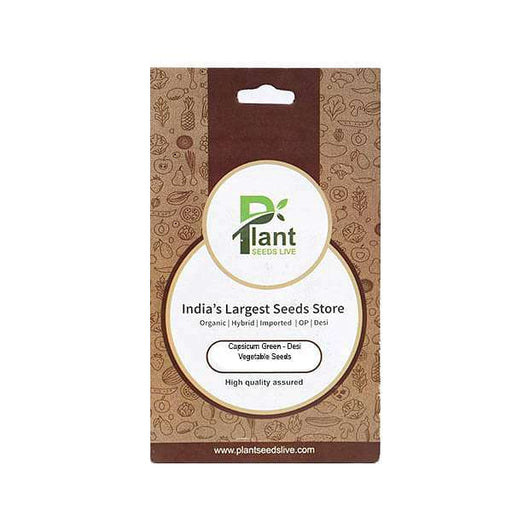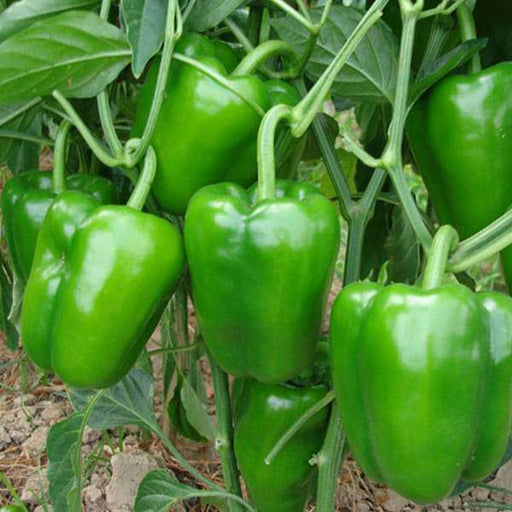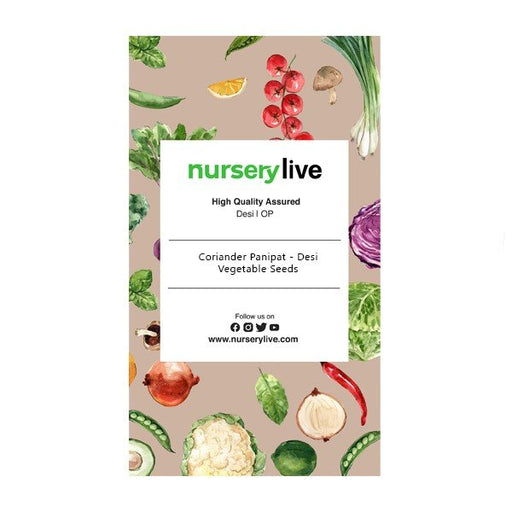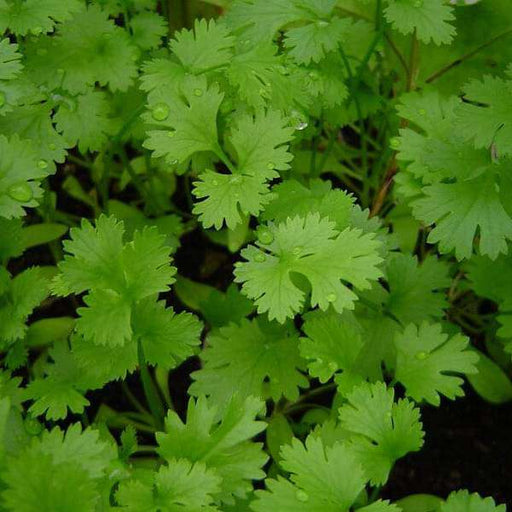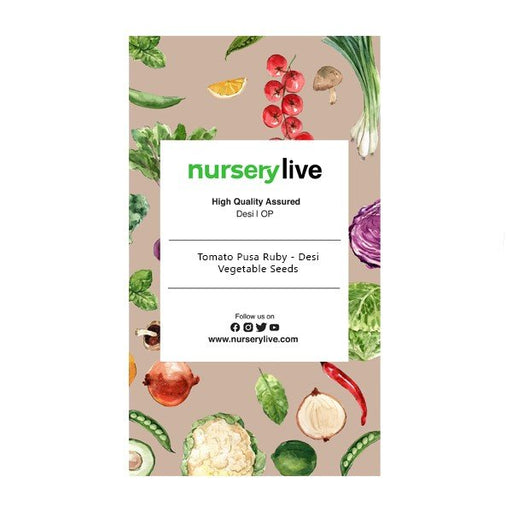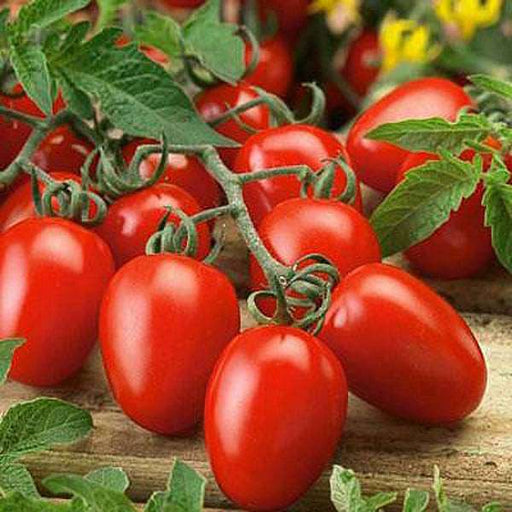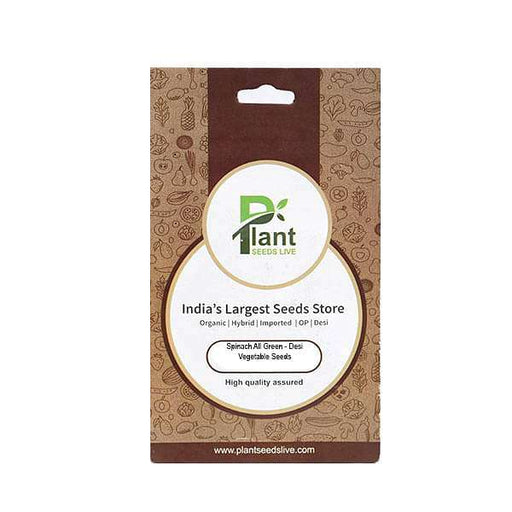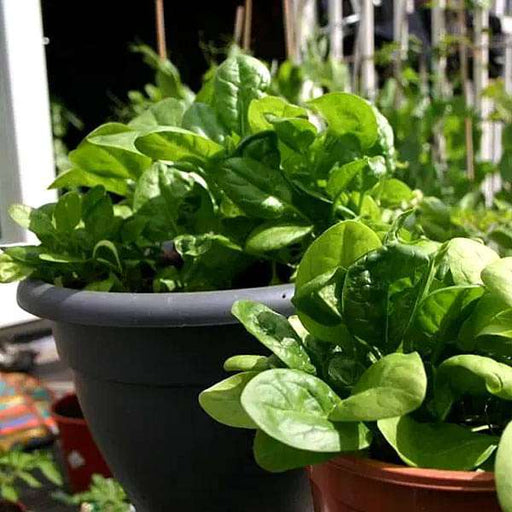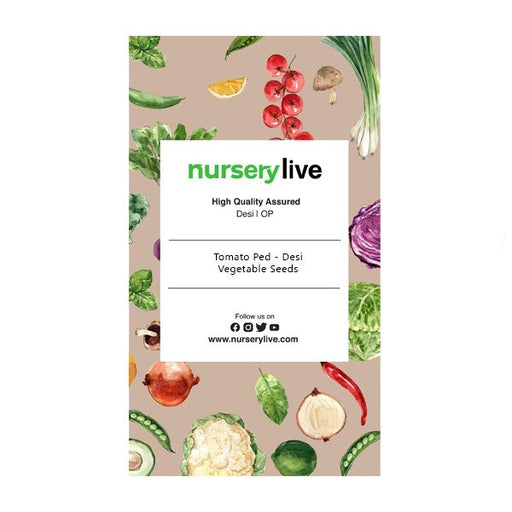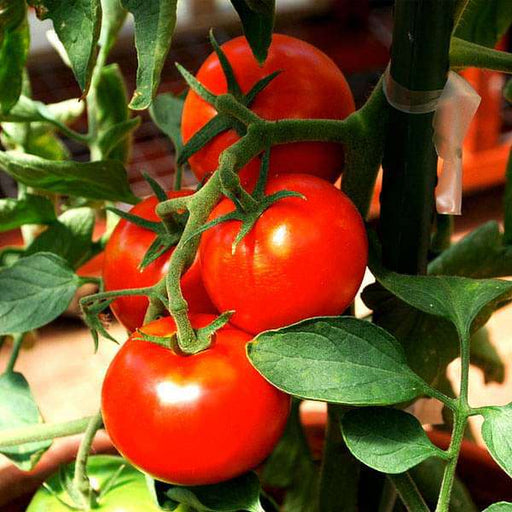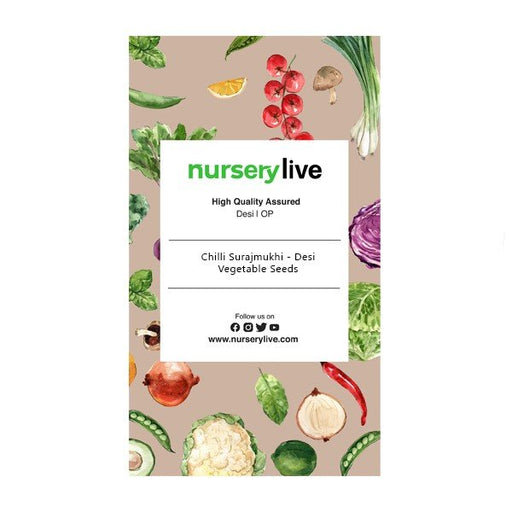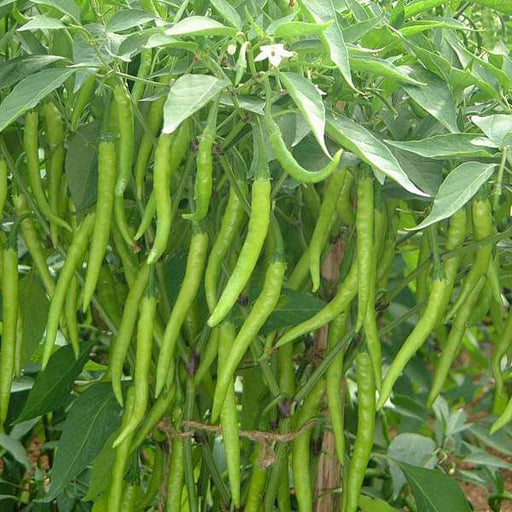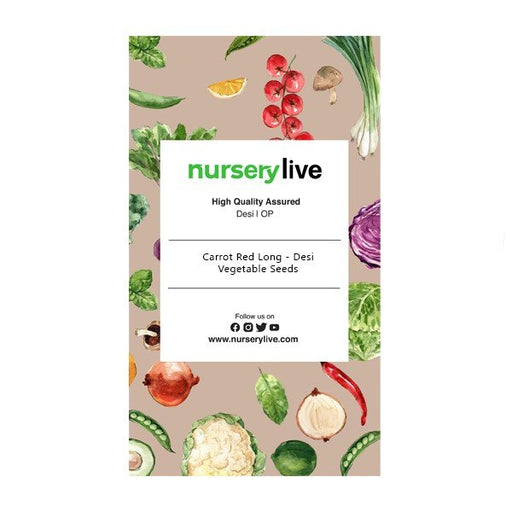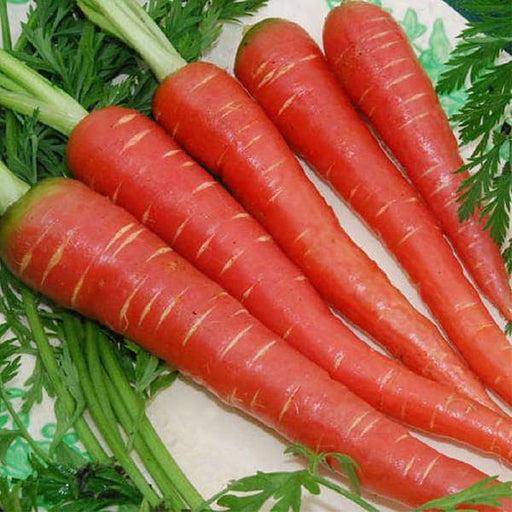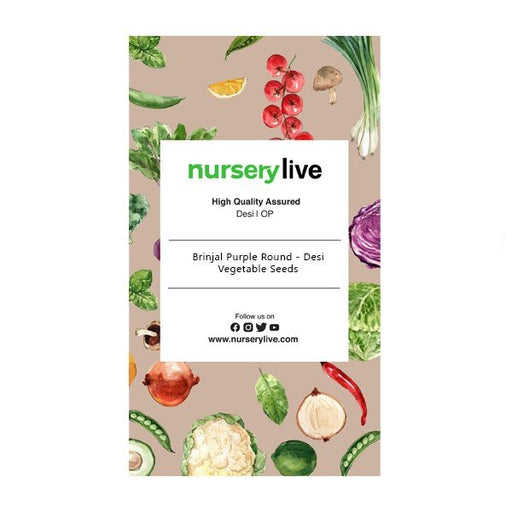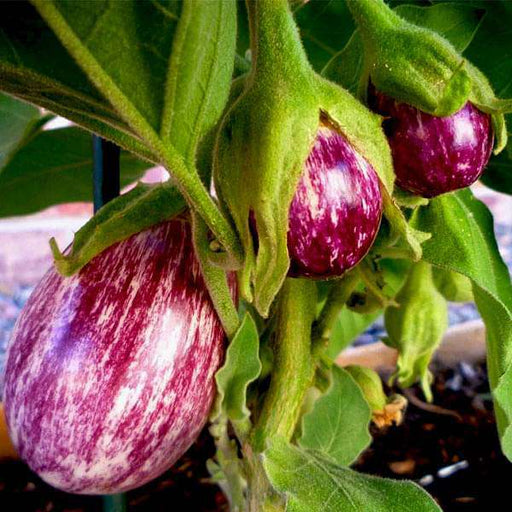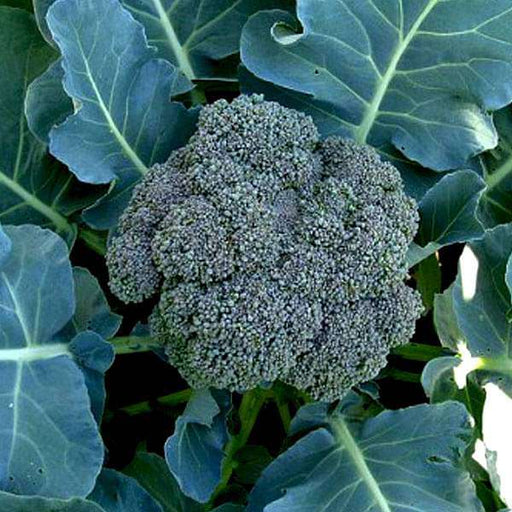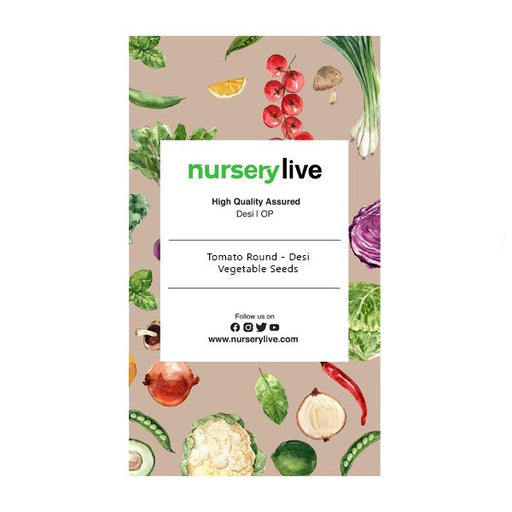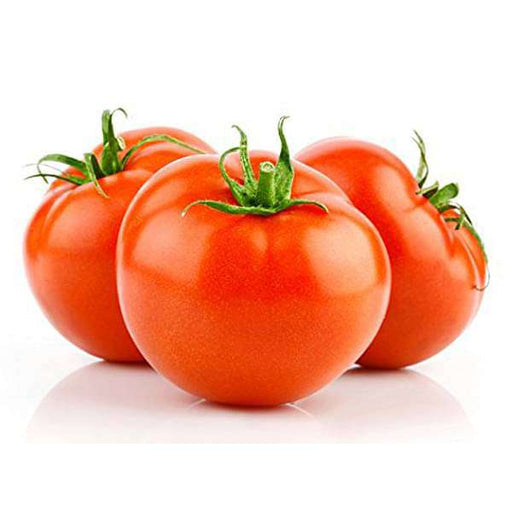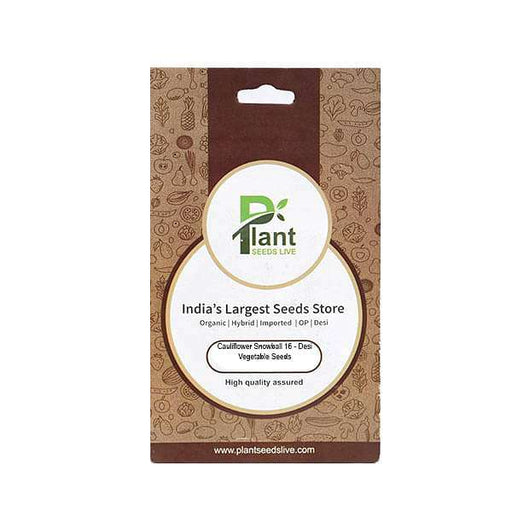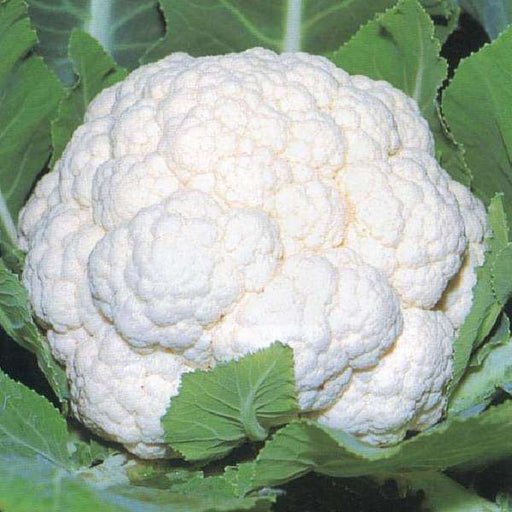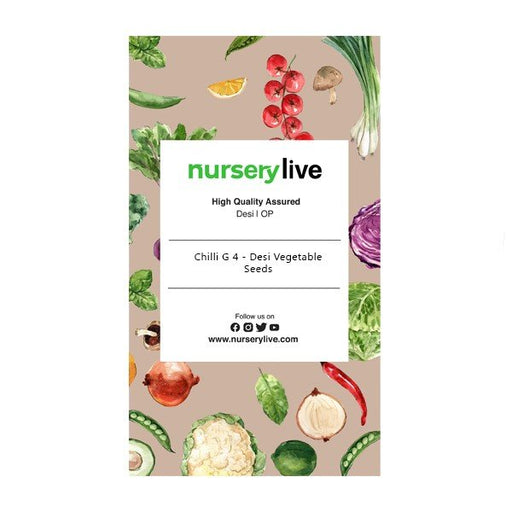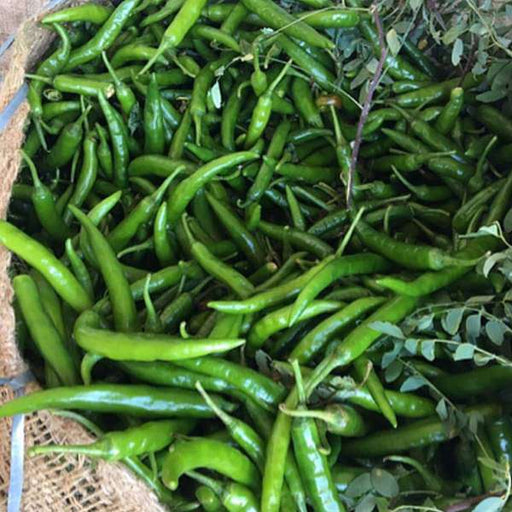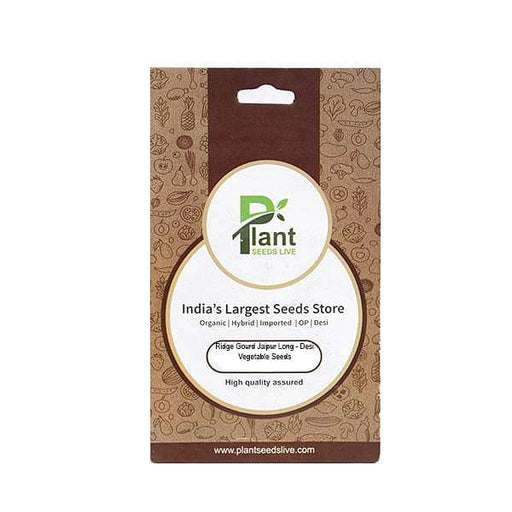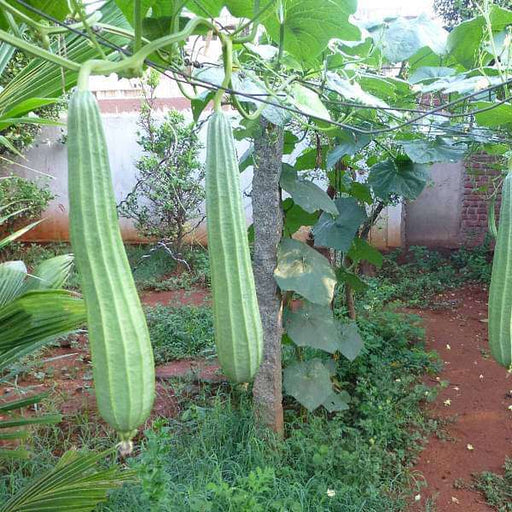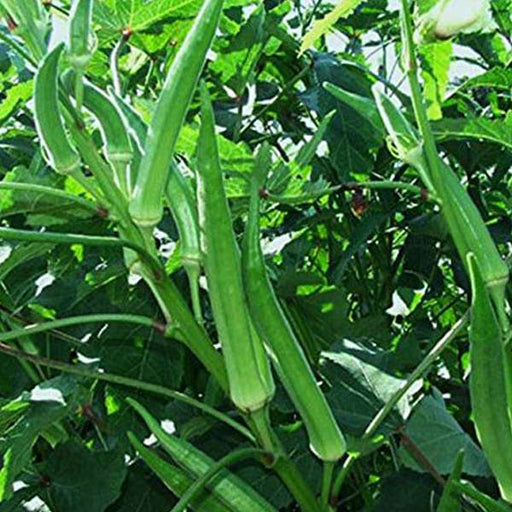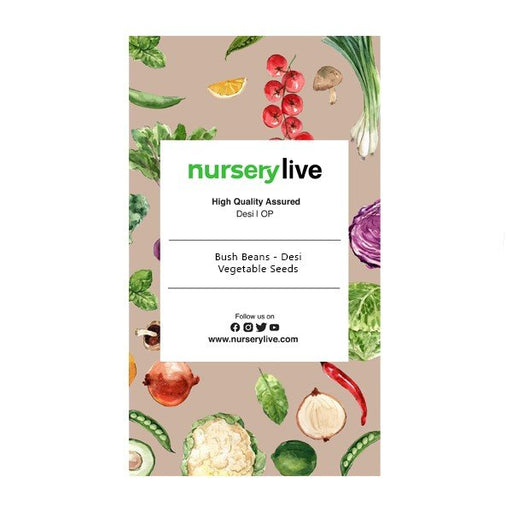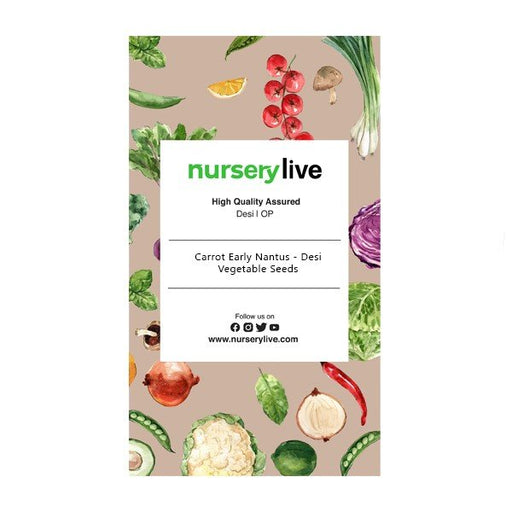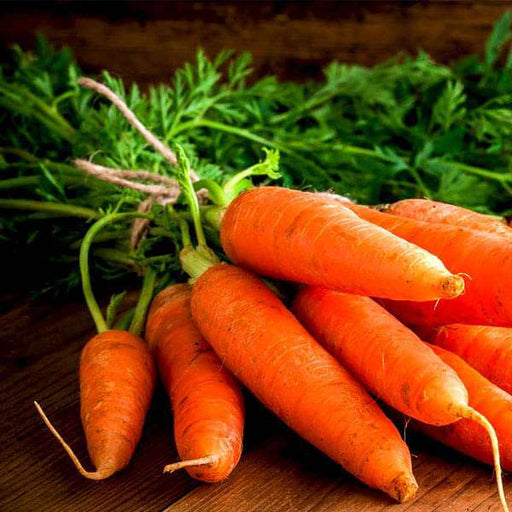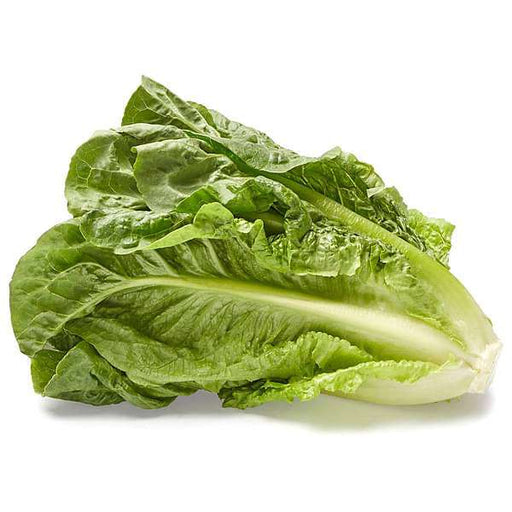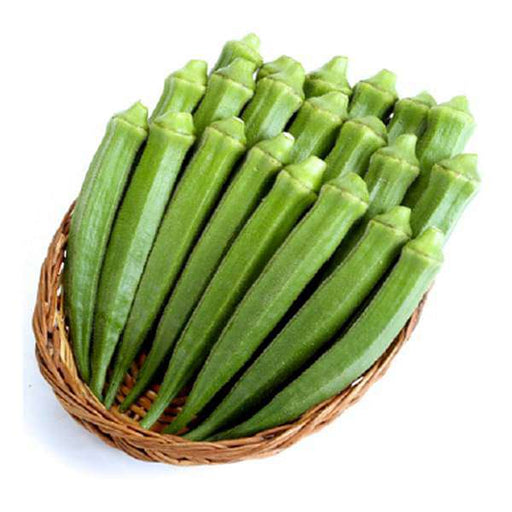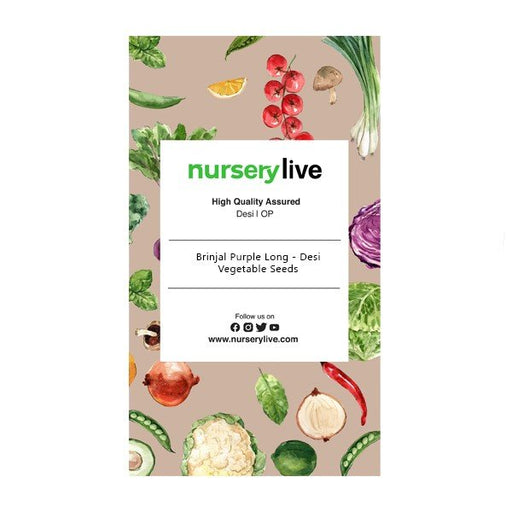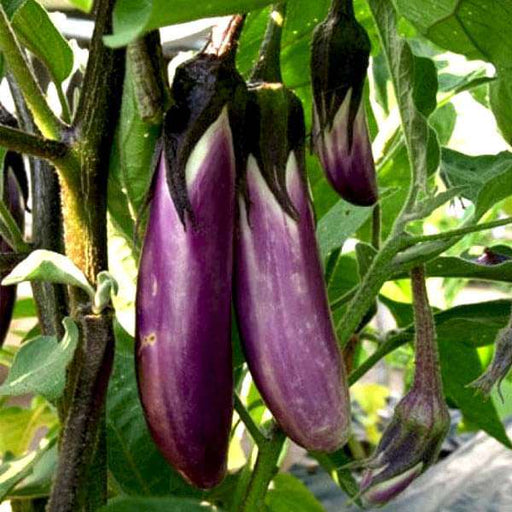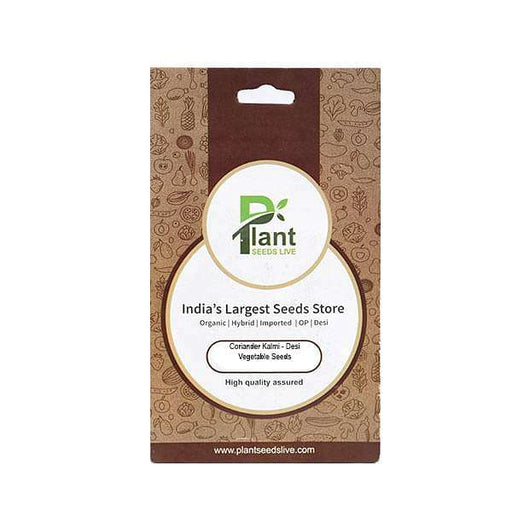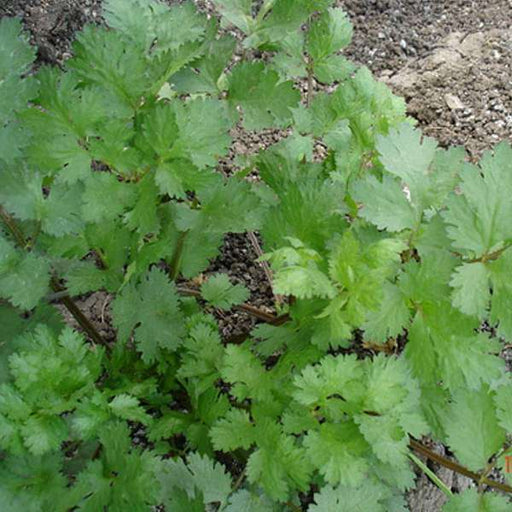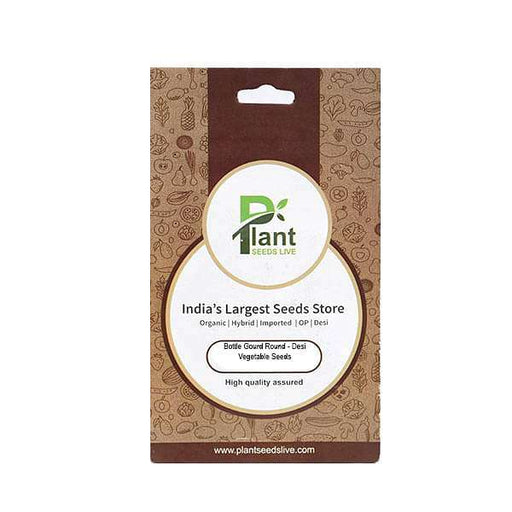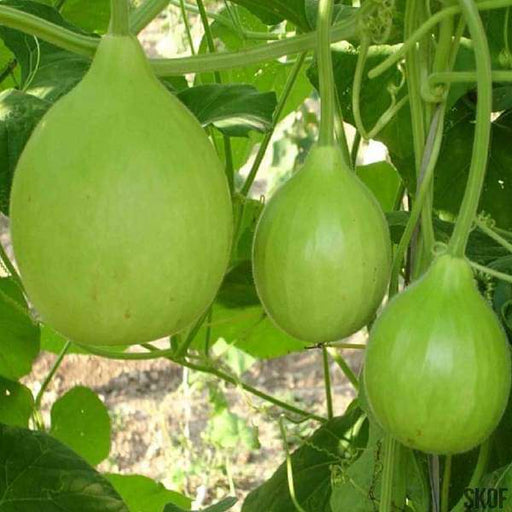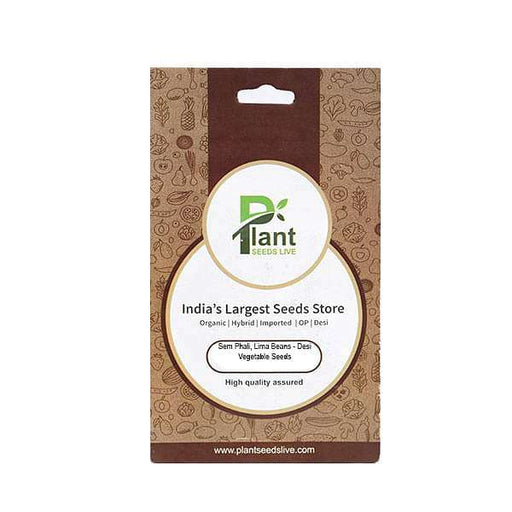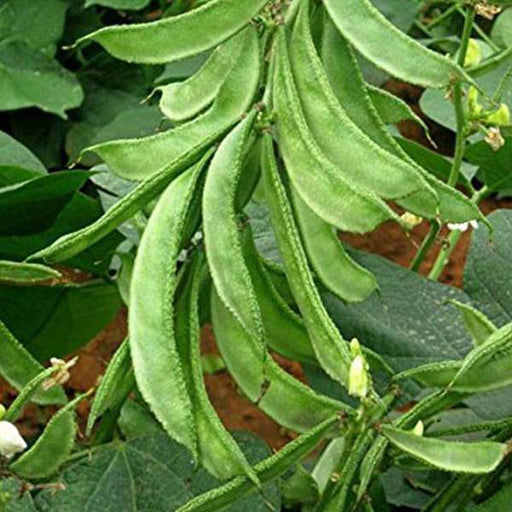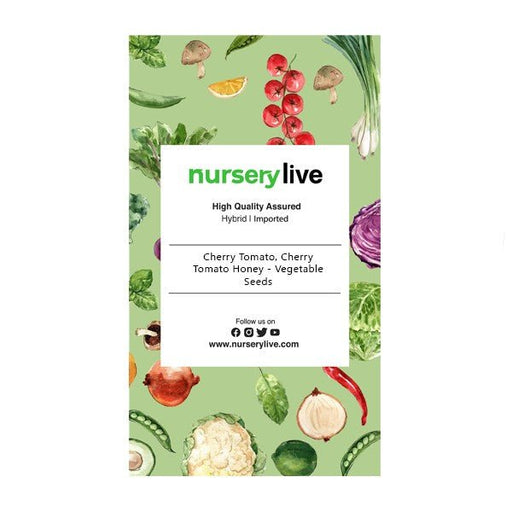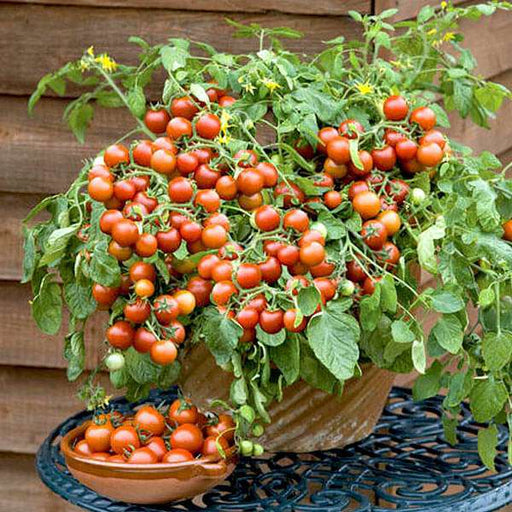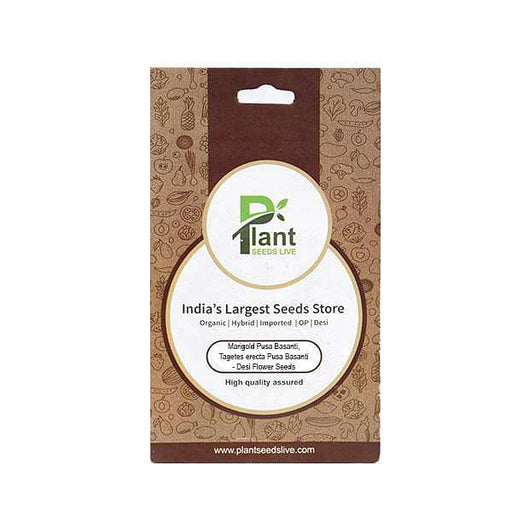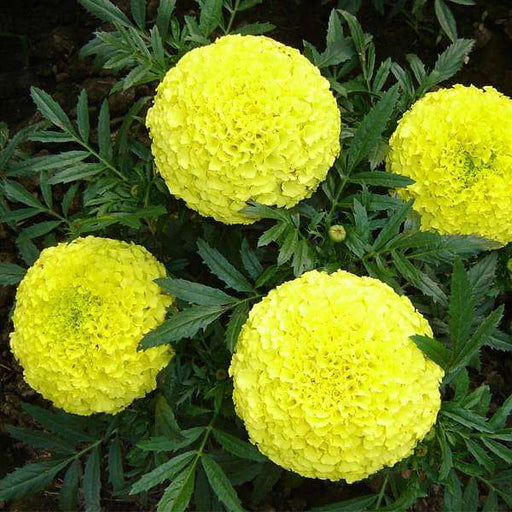Brinjal Seeds
Brinjal, also known as eggplant or aubergine, is a popular vegetable in Indian cuisine. In this article, we will explore the benefits of growing brinjal from Indian vegetable seeds and how to care for them.
Okra Seeds
Okra, also known as lady's finger, is another popular vegetable in Indian cuisine. In this article, we will explore the benefits of growing okra from Indian vegetable seeds and how to care for them.
Tomato Seeds
Tomatoes are a staple in Indian cooking and can be used in a variety of dishes. In this article, we will explore the benefits of growing tomatoes from Indian vegetable seeds and how to care for them.
Cucumber Seeds
Cucumbers are a refreshing vegetable that are commonly used in salads and raitas in Indian cuisine. In this article, we will explore the benefits of growing cucumbers from Indian vegetable seeds and how to care for them.
Chili Seeds
Chilies are an essential ingredient in Indian cooking, adding heat and flavor to many dishes. In this article, we will explore the benefits of growing chilies from Indian vegetable seeds and how to care for them.
Cauliflower Seeds
Cauliflower is a versatile vegetable that can be used in a variety of Indian dishes, from curries to biryanis. In this article, we will explore the benefits of growing cauliflower from Indian vegetable seeds and how to care for them.
Radish Seeds
Radishes are a popular vegetable in Indian cuisine, used in salads and as a garnish for many dishes. In this article, we will explore the benefits of growing radishes from Indian vegetable seeds and how to care for them.
Bottle Gourd Seeds
Bottle gourd, also known as lauki or dudhi, is a common vegetable in Indian cooking. In this article, we will explore the benefits of growing bottle gourd from Indian vegetable seeds and how to care for them.
Ridge Gourd Seeds
Ridge gourd, also known as tori or turai, is another popular vegetable in Indian cuisine. In this article, we will explore the benefits of growing ridge gourd from Indian vegetable seeds and how to care for them.
Sponge Gourd Seeds
Sponge gourd, also known as luffa or ghia, is a unique vegetable that is used in a variety of Indian dishes. In this article, we will explore the benefits of growing sponge gourd from Indian vegetable seeds and how to care for them.
Fenugreek Seeds
Fenugreek is an herb that is commonly used in Indian cooking and is known for its health benefits. In this article, we will explore the benefits of growing fenugreek from Indian vegetable seeds and how to care for them.
Spinach Seeds
Spinach is a nutritious vegetable that is commonly used in Indian cooking. In this article, we will explore the benefits of growing spinach from Indian vegetable seeds and how to care for them.
Beetroot Seeds
Beetroot is a vibrant and nutritious vegetable that is commonly used in Indian salads and pickles. In this article, we will explore the benefits of growing beetroot from Indian vegetable seeds and how to care for them.
Carrot Seeds
Carrots are a popular vegetable in Indian cuisine, used in salads, stews, and curries. In this article, we will explore the benefits of growing carrots from Indian vegetable seeds and how to care for them.
French Beans Seeds
French beans, also known as green beans or snap beans, are a common vegetable in Indian cooking. In this article, we will explore the benefits of growing French beans from Indian vegetable seeds and how to care for them.
Bitter Gourd Seeds
Bitter gourd, also known as karela, is a unique vegetable that is commonly used in Indian cuisine for its health benefits. In this article, we will explore the benefits of growing bitter gourd from Indian vegetable seeds and how to care for them.
Pumpkin Seeds
Pumpkins are a versatile vegetable that can be used in both savory and sweet dishes in Indian cuisine. In this article, we will explore the benefits of growing pumpkins from Indian vegetable seeds and how to care for them.
Zucchini Seeds
Zucchini, also known as courgette, is a nutritious vegetable that is commonly used in Indian cooking. In this article, we will explore the benefits of growing zucchini from Indian vegetable seeds and how to care for them.
Onion Seeds
Onions are a staple in Indian cooking and are used in a variety of dishes. In this article, we will explore the benefits of growing onions from Indian vegetable seeds and how to care for them.
Sweet Potato Seeds
Sweet potatoes are a nutritious and delicious vegetable that is commonly used in Indian cuisine. In this article, we will explore the benefits of growing sweet potatoes from Indian vegetable seeds and how to care for them.


